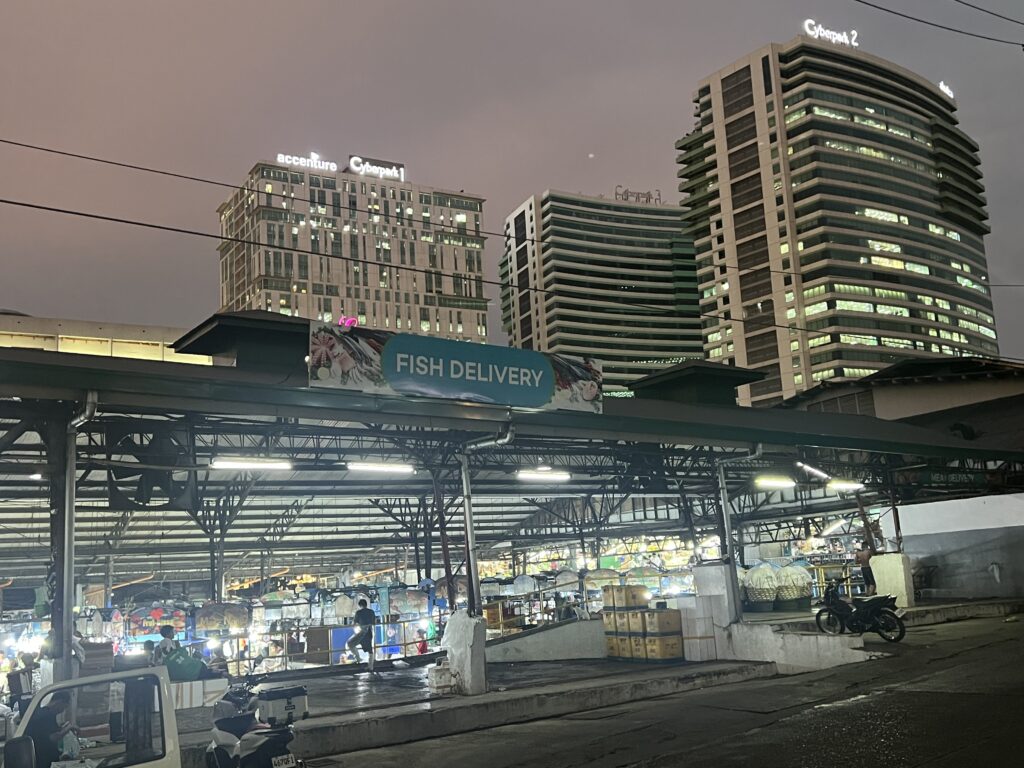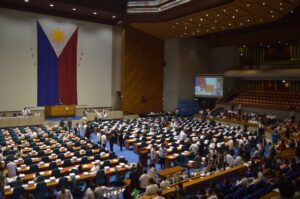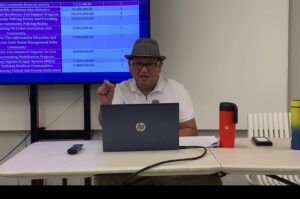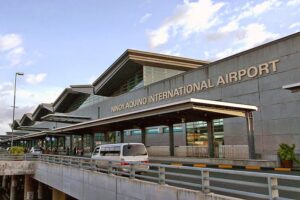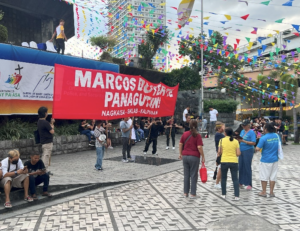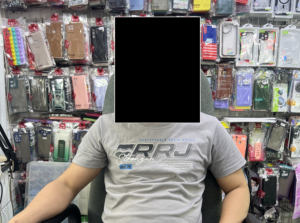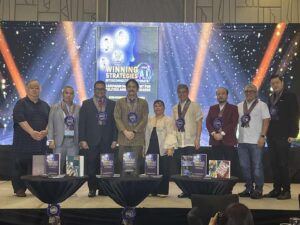Many of the discussions that surround economic informality, even the definition put forth by the International Labor Organization (ILO), have been restricted to problems related to poverty and its alleviation.
This international body defines the informal economy as the sector of global economy that “thrives mostly in a context of high unemployment, underemployment, poverty, gender inequality and precarious work” (No date). This condition, the ILO adds, is further worsened in “conflict-affected and fragile” areas where people are left without an alternative but to participate in the informal economy in order to obtain livelihoods.
This definition, however, ignores actions and strategies that can boost and endorse strategies by the people in the informal sector to expand their business and to take full advantage of the economies of scale.
Who are they?
Informal workers in Metro Manila, as a group, generally, are comprised of independent and self-employed, often home-based, workers who have restricted access to official and institutional resources and services.
Owing to the limited size and the narrow location and extent of the business transactions they take part in, members of the informal sector in the nation’s capital (this is likewise true in many urban and regional centers all over the country) suffer from invisibility and absence, even being actively excluded, from government statistics and records.
This absence, however, does not mean that they are impossible to account for. Based on the 2018 Informal Sector Survey (Royeca, 2023), 15.68 million people in the Philippines were employed in the informal economy or 38 per cent of the country’s population.
The Philippine Statistical Authority reported that the informal sector added 5.013 trillion pesos to the country’s Gross Domestic Product in 2016, accounting for about a third of the GDP of the Philippines during this covered period (Cabegin, 2022).
Notwithstanding their immense contribution as drivers of economic growth in the country, as a whole, and in Metro Manila, specifically, members of the informal economy are not recognized as individuals who are eligible for similar rights, protections, and benefits as other employees in the formal economy or business owners who are registered with the government.
The reality is that members of the informal sector are in the receiving end of both social and economic injustice.
Despite this, however, informal workers take part in essential jobs that keep the city running; they work as ambulant street vendors, domestic and home-based workers, market traders, part-time construction workers, street sweepers, and trash pickers/collectors, among others.
While these types of work are precarious, insufficiently remunerated, and often looked down upon by the rest of the population, without the workers in the informal economy, the city as we know it will cease to function.
Workers in informal economy call for a more comprehensive and inclusive approach. On the one hand, it is recognized that the promotion of formalization is the permanent solution to the problem of informality; on the other hand, the rights and well-being of informal workers and businesses need to be ensured and protected by the state and that individuals’ decision to work in the informal sector should be a matter of choice and not because they are forced to be a part of it due to a lack of opportunities and restrictive state policies.
Informality, poverty, and choice
It is widely believed that the informal sector provides a safety net for both the under- and unemployed residents of the city by providing them low-paying employment and maybe even dangerous to the well-being of the individuals doing them.
This temporary safety net, however, is not its sole function. By framing it in this manner, it will appear to many that individuals’ entry into the informal sector is unwilling or a consequence of events that are outside of their control.
In fact, studies have shown (Maningo, 2021) that often people deliberately choose to join and stay in the informal sector as it affords them more advantages and opportunities insofar as growth in their chosen ventures is concerned.
Meanwhile, the traditional path, that is to say, becoming a part of the formal sector, may prove to be costlier and less economically viable for them, at least in the shorter term.
Informality, gender, and women
While economic informality is often framed within the nexus of poverty, lack of security, precarity, an often-neglected dimension of economic informality is gender.
Informality unfairly impacts women that often results in below average income, constrained social safeguard, and a relatively less stable working conditions relative to men.
Globally, women are overrepresented in the informal sectors, although in the case of the Philippines, more men than women are working in the informal economy.
In 2023, roughly 56.4 per cent of working women in the Philippines were employed in the informal economy whereas 66.7 per cent of working men were considered part of the informal sector (IMF, No Date).
This being the case, women in the informal economy frequently work in conditions that render them more vulnerable and susceptible to abuses, such as domestic and home-based work, street selling, and other piece-rates jobs, leaving them with comparatively fewer legal recourse.
Additionally, women in the informal economy are often remunerated less and experience a higher level of poverty than to men in the same sector.
This gender wage gap has a tendency to be larger in the informal sector than in the formal sector as women contend with persistent barriers in availing for themselves education, training, and resources that can potentially assist them in transitioning into the formal economy.
Women are also often deprived access to social security, healthcare, and other vital services, which can have long-term negative consequences not only to them but also to their children and other members of the extended family who are dependent on them.
The challenges faced by women in the informal economy ultimately hinder their economic empowerment and progress towards gender equality.
Reducing gender inequality in the informal economy calls for policies that advance formalization, social protection, and deliberate provision of equal opportunities for women.
Helping them find work, bringing business centers closer to them, giving them access to equitable credit platforms, and supporting cooperatives that target women in the informal sector can help these workers, particularly women, enhance their chances to succeed and, in the process, their family and children.
Why insist on the city?
Although there exist offers from the government for housing of relatively better quality than the housing they currently have in many informal (and often illegal) settlements within Metro Manila, members of the informal economy are resolute in their choice for staying in these urban communities.
Often these places are located within areas in danger of being inundated with flood water during the rainy seasons, are without direct access to water and electricity connections, or are without sufficient barriers from natural forces (coastal areas); however, members of the informal economy still insist on living in these location over living in housing projects offered to them by the Department of Human Settlements and Urban Development (DHSUD), the primary government agency responsible for housing, human settlement, and addressing the needs of the informal sector.
These in-city communities of informal workers are located in areas closer to the source of livelihoods and employment opportunities for the residents.
Additionally, they have already formed strong bonds and partnerships with their neighbors and friends whom they have spent most of their lives with; they are the people whom they ask assistance from in moments of precariousness and to whom they readily extend help should their fortunes be reversed.
Furthermore, these in-city communities are multi-scalar, that is to say, they are profoundly integrated into the lives of the informal residents—not only are they in proximity to their employment, these communities are also accessible to their places of worship, markets where they get their everyday necessities, schools that their children attend, hospitals, and other providers of similar essential services.
In short, unless properly planned and in consultation with the members of these communities of informal residents, these government-funded communities resulting from development-induced displacement and resettlement (Maningo, 2021, p. 128) may just turn into costly government projects that fail to address the very core of the challenge they purport to resolve.
Located in off-city settlements in places like Rizal, Bulacan, and Cavite, these sites do not provide similar access to basic needs for employment, food security, education, healthcare and overall well-being of the resettled informal residents.
How they thrive—the success stories
Amidst all these challenges, informal workers manage to survive, even thrive, enabling them to live better lives, provide for their children a more secure future, and form strong communities that give them a sense of belonging and assistance when facing the vicissitudes of life.
Successful informal community initiatives in Metro Manila have utilized community-directed grassroots movements that have for their primary focus the obtaining of rights for the parcel of land where these communities had been built and sustaining advocacy for better housing and living conditions.
An important instrument for informal settlers to promote their rights and challenge forced resettlement is community organizing, which has implanted their “right to stay” against potential eviction, empowering them to fight for their homes and communities that they have established through the years.
An example of these effective initiatives is the People’s Plan (Racelis, 2003, p. 17), which preserved land and created new social housing for communities along the flood-prone Manggahan Floodway.
This mid-rise housing project in Pasig City allows for more informal settlers to be accommodated in proximity to their original settlements along the dangerous floodway and get around being relocated to an off-city site.
Additionally, a program by the Quezon City government, Socialized Housing Program, gave thousands of informal settler families in the nation’s largest city the chance to construct, have ownership, and live in decent and safe homes, alongside the provision of reasonable financing options offered by the Quezon City local government unit.
While these examples enumerated above are responses that allowed the engagement of the members of the informal sector with state instrumentalities, the civil society, and non-governmental organizations, it is worth noting that the informal residents of Metro Manila continue to find ingenious and resourceful ways to avail of basic services afforded to the formal residents and provide for their families using their own strategies and diskarte.
The key to these programs was the engagement of the residents in planning and decision-making process that is crucial for ensuring the program’s relevance and sustainability.
The people are provided with access to water, sanitation, and improved housing conditions that are essential for improving the quality of life in informal settlements.
These programs have for their overall goal to focus on job creation, skills training, and financial support that can empower residents and improve their livelihoods.
Their focus on social mobilization and community organization can help residents advocate for their rights and improve governance.
Residents are also provided with secure land tenure to help them invest in their homes and communities. And successful programs often involve collaboration between governments, NGOs, and community organizations.
Additionally, given that informal settlements are highly vulnerable to the effects of climate change. Public and private sectors can work together to support and invest in community start-ups specializing in low-cost, climate-resilient homes and locally sourced building materials.
Informality and the city
The flourishing of the city is as much a byproduct of the hard-work and efforts of the workers in the formal sector as it is of the informal economy. While the more long-term solution is to provide informal residents avenues for their eventual joining in the formal sector; in the meantime, however, it is the responsibility of the state as well as the other sectors of society to give them similar rights, protection, and social services.
Successful programs not only in Metro Manila but in other parts of the world, primarily the global south, show that empowering informal city residents, organizing them, upskilling them, and their realization that they have rights to the city will not only benefit them but will also prove to be advantageous to the whole city in the long run.
References:
Cabegin, E.C.A. (2022). “The Informally Employed in the Philippines: Issues in Job Security of Tenure, Social Security Coverage and Measurement.” *Philippine Journal of Labor and Industrial Relations*, 39, 2022.
International Labor Organization. No Date. “Informal Economy.” <https://www.ilo.org/projects-and-partnerships/projects/partnership-improving-prospects-forcibly-displaced-persons-and-host/themes/informal-economy>. Accessed on 2 April 2025.
Maningo, R. (2021). Examining Urban Poor Voices: Displacement and Resettlement of Informal Settlers in Metro Manila. *Social Transformations Journal of the Global South*, 9, 1. 127-158.
Racelis, M. (2003). “Begging, Requesting, Demanding, Negotiating: Moving Toward Urban Poor Partnerships in Governance.” Paper delivered during the World Bank Urban Research Symposium, Washington, D.C. 15-17 December 2003.
Royeca, G. (2023). “Informal Power.” *Philippine Institute for Development Studies.* <https://pids.gov.ph/details/news/in-the-news/informal-power-opinion-piece-by-george-royeca>. Accessed on 2 April 2025.
John Ryan Recabar does research on Southeast Asia, specifically Vietnam, and he hopes to re-sharpen his skills in the Vietnamese language. He has also begun his research on indigenous cultures and peoples in southern Mindanao as he completes his PhD in Anthropology at the University of the Philippines Diliman. In his free time, he walks his dogs and feeds stray cats at a nearby park.

